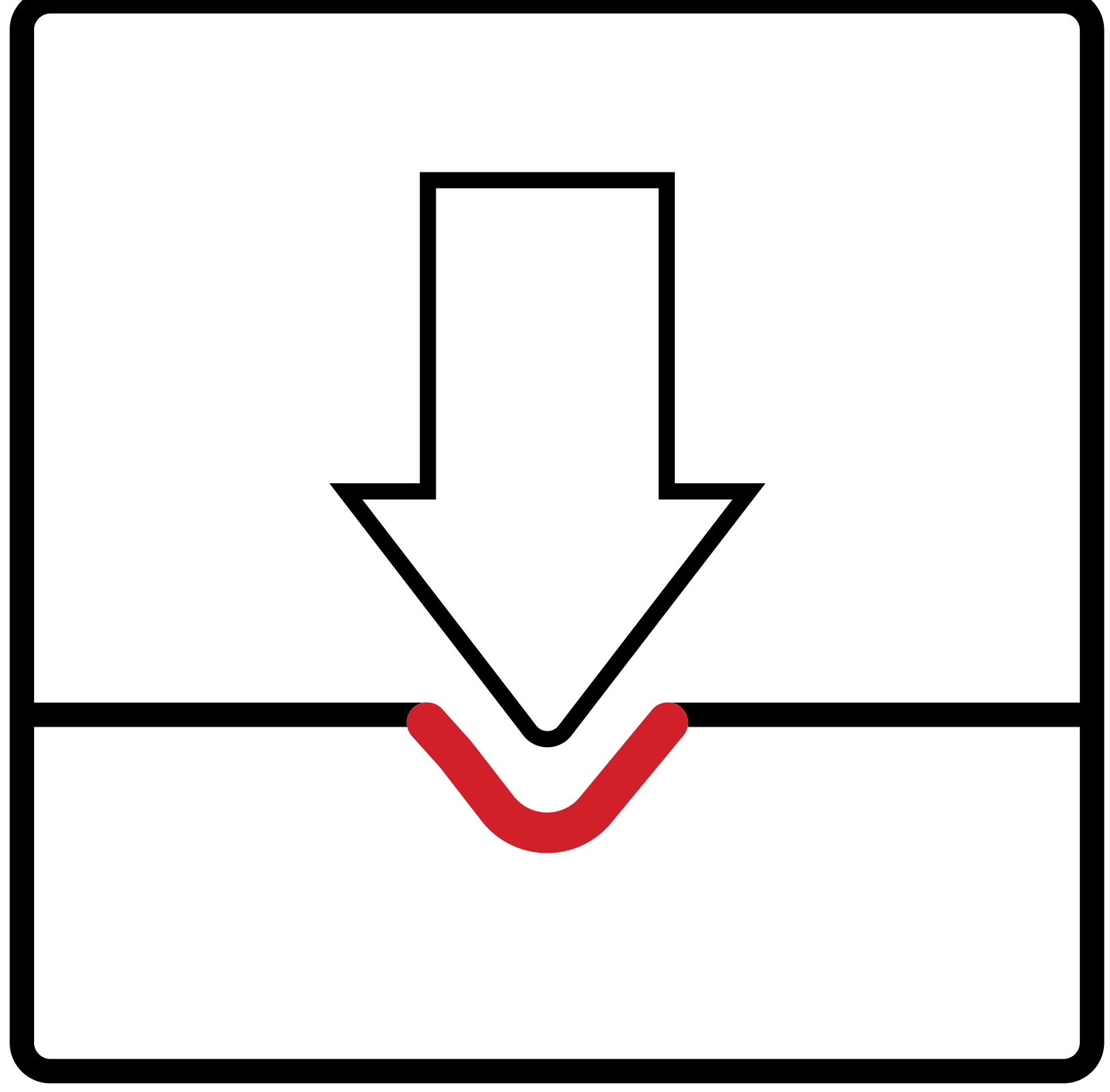Sense different physical quantities
DFOS technology is not limited to a single type of measurement.
Typically, Nerve-Sensors are manufactured with at least 2 sensing fibres for redundancy and increased accuracy. This also makes it possible to create an optical loop at the end of the sensor, or to connect fibres to various interrogators in order to read different physical quantities simultaneously.
The system can be designed in terms of Nerve-Sensor type, interrogator, installation method and data processing to measure the following physical quantities:
Typically, Nerve-Sensors are manufactured with at least 2 sensing fibres for redundancy and increased accuracy. This also makes it possible to create an optical loop at the end of the sensor, or to connect fibres to various interrogators in order to read different physical quantities simultaneously.
The system can be designed in terms of Nerve-Sensor type, interrogator, installation method and data processing to measure the following physical quantities:

DSS
Strain and crack
Strain and crack

DAS
Acoustic
(strain rate)
Acoustic
(strain rate)

DTS
Temperature
Temperature

DDS
Displacement
Displacement

DSS ➝ Distributed strain sensing
Strain (µε) measurements in longitudinal direction of the sensor allow to analyse local elongation and shortening, and corresponding stresses and cracks. What is important, based on the strain profiles, detailed analysis of cracks can be made (identification, localisation, width estimation).
Choose EpsilonSensor, EpsilonRebar or EpsilonFlat from Nerve-Sensors
Choose EpsilonSensor, EpsilonRebar or EpsilonFlat from Nerve-Sensors

DTS ➝ Distributed temperature sensing
Temperature or temperature change (°C) is usually measured with Raman scattering. Knowledge of thermal changes is used for detecting leaks or fires, and also necessary to compensate measurements using distributed strain sensing.
Choose EpsilonSensor, EpsilonGraph or EpsilonRebar from Nerve-Sensors
Choose EpsilonSensor, EpsilonGraph or EpsilonRebar from Nerve-Sensors

DDS ➝ Distributed displacement sensing
Displacement (mm) or shape change can be measured using our patented 3DSensor, unique in the word. Thanks to the appropriate design of the cross-section and the use of multiple strain-sensing fibres, it allows for detection of local curvatures (both in the horizontal and in the vertical direction). Including boundary conditions, the final output is displacements (movements, deflections) perpendicular to the sensor axis, expressed directly in millimetres.
Choose 3DSensor from Nerve-Sensors
Choose 3DSensor from Nerve-Sensors

DAS ➝ Distributed acoustic sensing
This sub-technique allows to analyse the speed of strain change, called strain rate (nε/s). Extremely high sensitivity and frequency (kHz range) with maximum distance of more than 100 km (per channel), makes it a perfect tool for detection and analysis of different vibration sources (cars, trucks, trains, construction works, leakages, intrusion and more).
Choose EpsilonSensor, EpsilonRebar or 3DSensor from Nerve-Sensors
Choose EpsilonSensor, EpsilonRebar or 3DSensor from Nerve-Sensors






